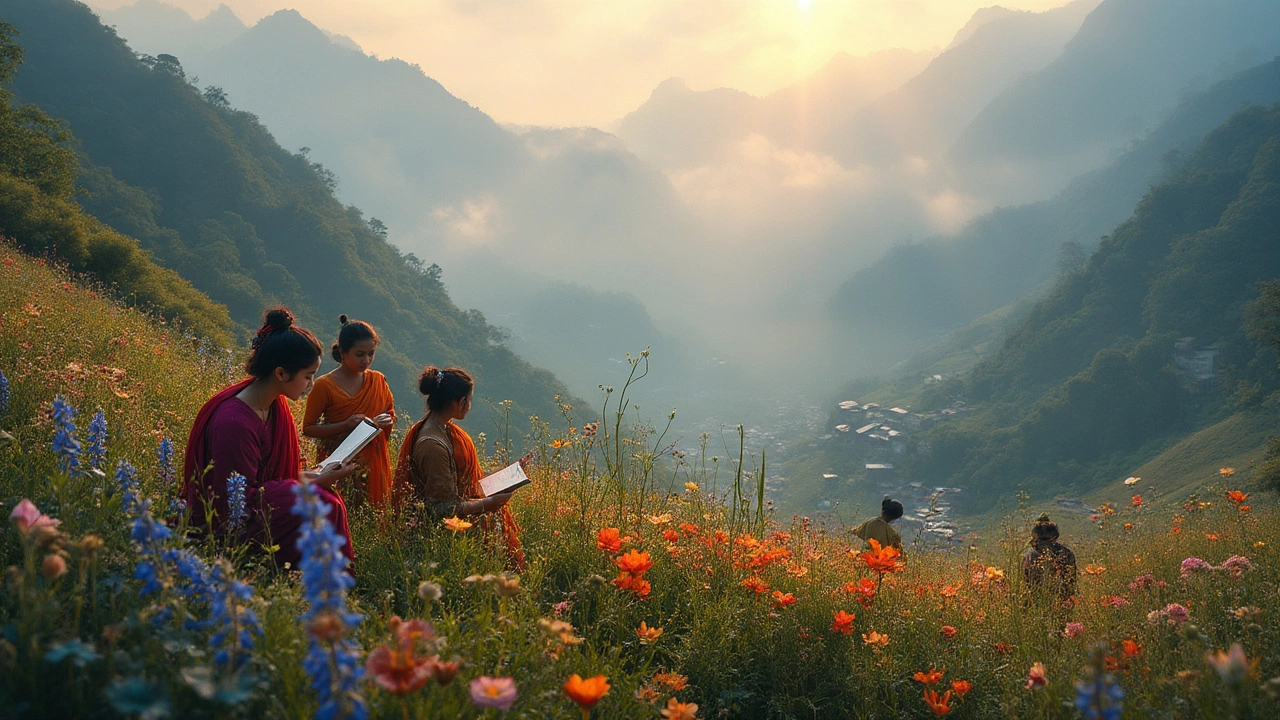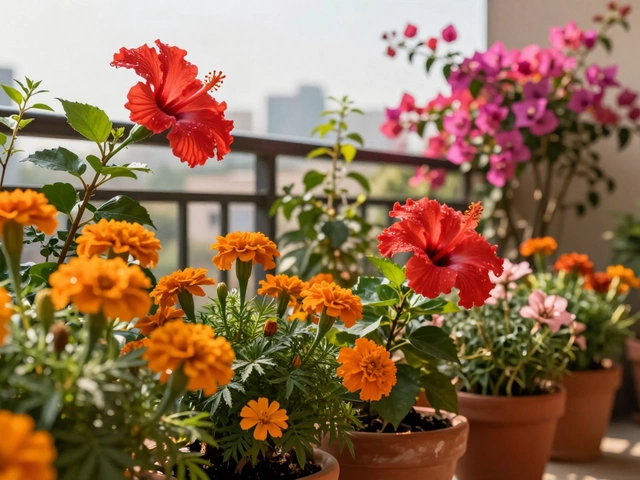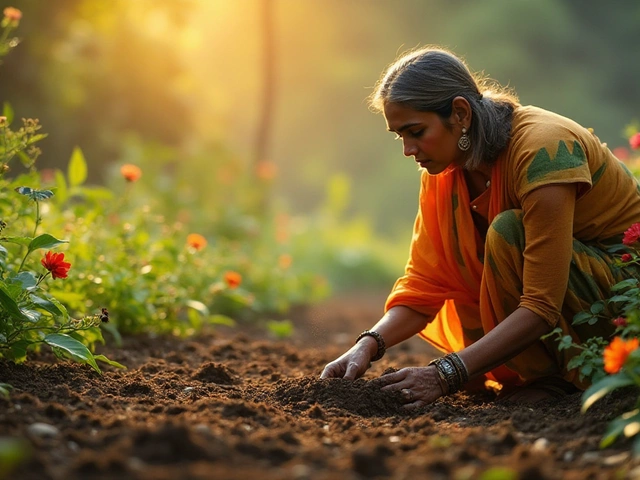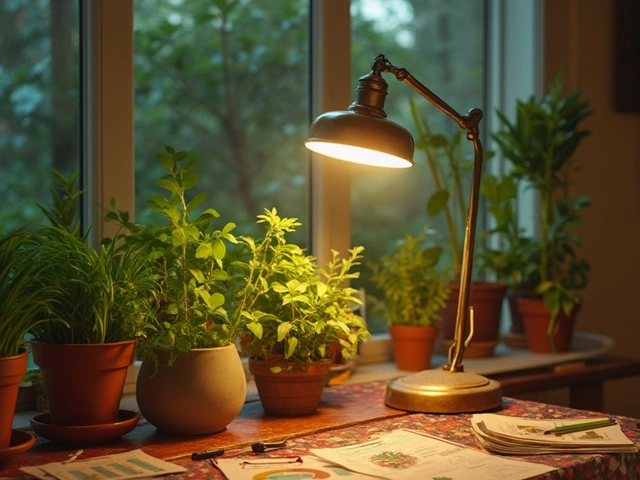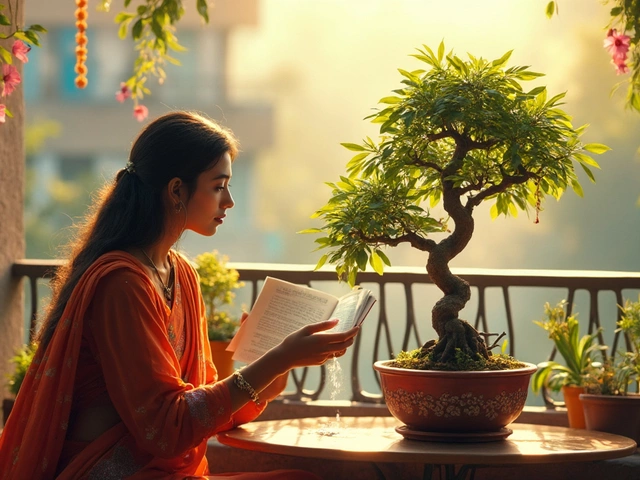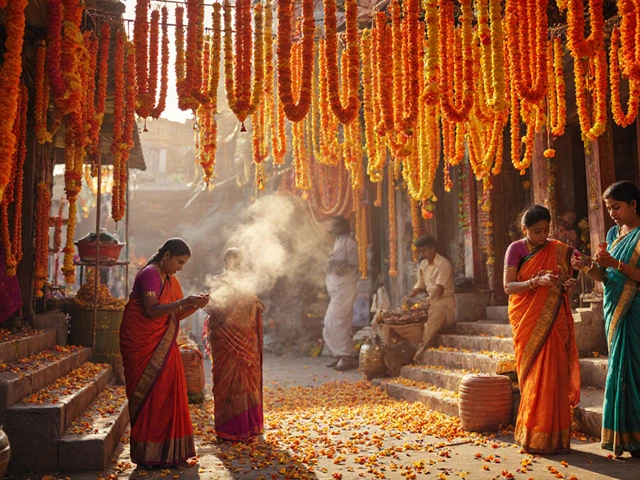It’s wild to think you could trek through a forest or stumble onto a quiet hillside in India and spot something the rest of the world will never see: a flower so rare, it’s decided that India is its only home. While the Taj Mahal and spicy curries steal the show in most travel brochures, India quietly boasts a handful of plants that simply don’t exist anywhere else. Missing these flowers means missing a slice of Indian identity even most locals take for granted.
What Makes a Flower Truly Unique to India?
India’s landscape is a patchwork of climates and terrains that would leave even a seasoned botanist dizzy. From the Himalayan heights to the swamps of the Western Ghats, some flowers have found the perfect nook—and vanished everywhere else. So, what counts as a true Indian original? Botanists call them “endemic,” meaning their wild ancestors put down roots on Indian soil and just never left.
Some of these exclusive blooms have stories straight out of a fantasy novel. The Neelakurinji (Strobilanthes kunthiana) is a prime example, carpeting the slopes of the Nilgiri Hills in a violet-blue sea but only once every 12 years. Imagine entire hills waking up purple overnight—that’s a spectacle you only get in the Western Ghats. There’s also the Flame Lily (Gloriosa superba), wild and showy, dangling its petals down like fiery ribbons and refusing to call any place outside of India “home.” But the Neelakurinji steals the spotlight with its clockwork punctuality and electric color.
India’s unique flowers aren’t just eye candy. Their chemistry is often as rare as their looks. Take the Blue Vanda (Vanda coerulea)—marketed as the “Blue Orchid”—which, even if cultivated elsewhere, is wild only in India. Some of these floral gems form alliances with local insects or birds, creating microscopic worlds of codependency. The Siroi Lily (Lilium mackliniae) is another legend, and you’ll only catch it blooming in Manipur, tucked away in a handful of meadows. Its delicate pink and white petals flutter quietly, blissfully ignoring the rush of modern life.
There’s something almost stubborn about the way Indian endemic flowers cling to their birthplaces. They fight off invasive plants, shrug off strange pests, and keep their pollinators guessing with unique scents and quirky bloom schedules. The Kadamba tree (Neolamarckia cadamba) is locally celebrated—its tiny, fluffy yellow balls are talked about in poetry and myth, and though it grows in parts of Southeast Asia, certain wild strains are strictly Indian.
Meet the Standouts: India’s Most Iconic Flower Exclusives
If you ask locals in the Western Ghats or Northeastern states about their famous flora, the conversation might surprise you. Not flowers in vases, but wild, legendary plants that only an Indian hillside or valley can grow. The Neelakurinji is probably the rockstar. Tourists mark their calendars years in advance to catch the Nilgiris light up with its almost neon-blue glory—it’s become a symbol for patience and the magical possibilities hidden in long waits.
Not far behind, the Siroi Lily of Manipur doesn’t just charm with its beauty; it’s deeply woven into the local culture. You’ll find its image on everything from state emblems to school textbooks. It flowers in May and June, dusting the hilltops with its gentle colors, and locals treat spotting it as a rite of passage. People travel long distances just to see these lilies—no fancy botanical garden can beat the wild thrill of stumbling across one.
Dive into the cold valleys of Arunachal Pradesh and you’ll find the Mishmi Takin Lily (Nomocharis aperta), which, while bordering extinction, reminds scientists and folk healers why India’s plant life is a treasure trove. Some of these rare lilies are thought to hold secrets for medicine—if only they could be protected from plant poachers and unchecked construction.
Sometimes the famous ones are hiding in plain sight. The Flame Lily is almost a paradox: dangerous yet beautiful, deadly yet sought after for traditional medicine and for good luck. The plant is so iconic in certain Indian states that it’s protected and even smuggled. Every part of the Flame Lily is toxic, yet local wisdom uses carefully processed extracts for remedies. Meanwhile, the Blue Vanda is prized by orchid collectors the world over, but true wild examples only thrive in India’s eastern forests.
Curious tip: If you want to see these wonders, skip the well-worn tourist trail. Head out during blooming season (ask the locals first, dates can change depending on rainfall), and show some respect—the best photos are the ones that leave no trace on the land or the flower. Some of these blooms are so sensitive that just a few careless footsteps can wipe out entire patches for a generation or more. It pays to travel lightly and admire with your eyes, not your hands.
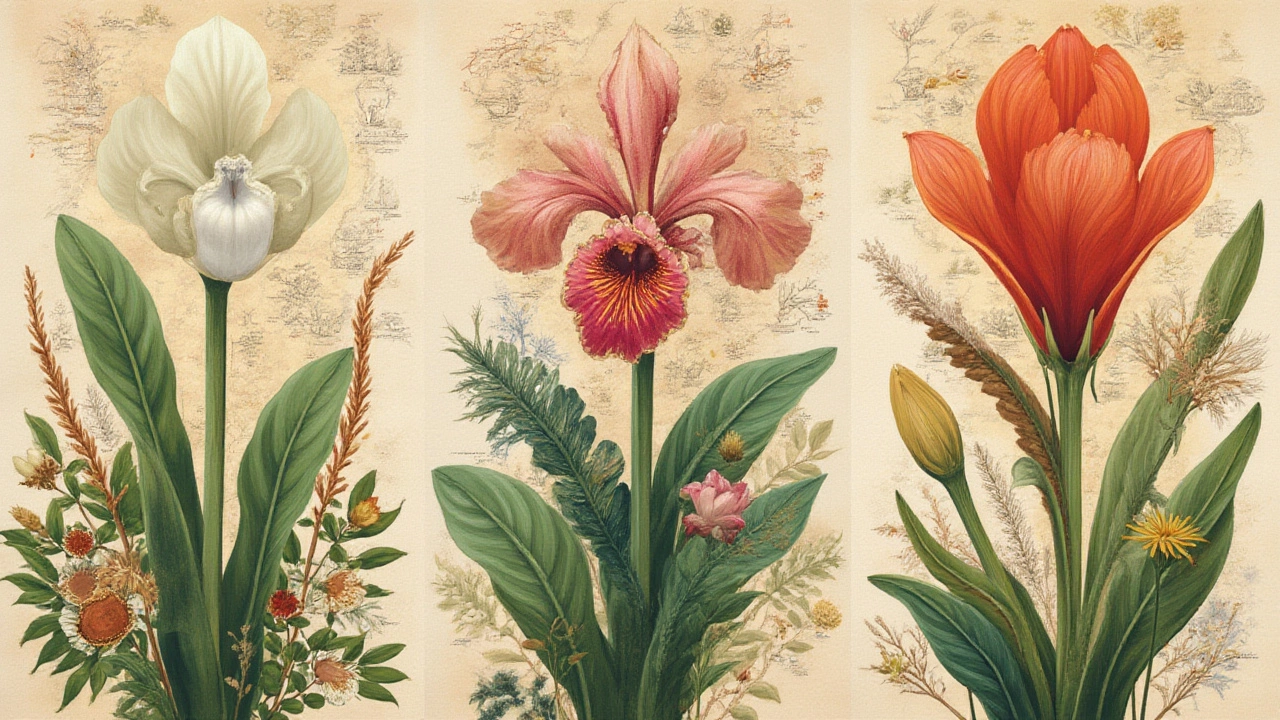
Why India’s Endemic Flowers Matter (and What’s Threatening Them?)
Unique flowers aren’t just a cool footnote in a travel diary; they’re crucial chapters in the larger Indian story. Endemic plants build hidden highways for pollinators and form the backbone of traditional medicines, religious ceremonies, and seasonal traditions. You’ll find mentions of the Kadamba in Krishna legends, the Siroi Lily on Manipuri coins, and the Neelakurinji in folk songs. These plants lend India its color and meaning as much as any festival or monument.
But here’s the catch—these botanical miracles are under real threat. Rapid urbanization chews up their habitats. Overzealous collectors, smitten by the idea of growing something “truly Indian,” often trample more than they preserve. Climate change messes with their delicate bloom cycles and confuses pollinators who rely on exact timing. When a flower’s entire existence is tied to a particular hill or valley, even a small environmental nudge can be disastrous.
Take the Neelakurinji: scientists worry its epic 12-year bloom cycle is being knocked out of sync by warmer winters. Cities push up into the Ghats, eating away at its hillsides. In Manipur, the Siroi Lily faces a losing battle against invasive plants and illegal flower pickers. Despite laws protecting these blossoms, enforcement lags behind real-world threats.
What can you do? The most powerful move is supporting botanical sanctuaries and locally run eco-tourism. Some communities have banded together to patrol and replant endemic flower habitats. A few Indian states reward farmers and villagers for spotting and nurturing wild blooms instead of cutting them for quick profits.
Curiously, research into endemic Indian flowers holds hope for breakthroughs in everything from medicine to crop science. These blooms often pack dozens of novel compounds in their petals and roots—chemicals that could become tomorrow’s cures or climate-resilient crops. The trick is keeping these plants alive and wild, not just locked away in labs or greenhouses.
The next time you see a sea of blue in the Nilgiris or a pale pink lily in Manipur, snap a photo and share the story. Real protection starts with knowledge—and a little wonder at the fact that a humble wildflower could survive for centuries in one corner of India and nowhere else. That’s magic you won’t find in any supermarket bouquet.
